For centuries, cat owners have wondered about the true age of their feline companions in human terms. While the old "one cat year equals seven human years" rule persists in popular culture, modern veterinary science reveals a far more nuanced picture of feline aging. Understanding your cat's equivalent human age isn't just a fun party trick—it provides crucial insights into their health needs, behavior patterns, and life stage requirements.
The first two years of a cat's life represent an extraordinary period of rapid development that dwarfs human growth rates. During this time, kittens transform from helpless newborns to fully mature adults at an astonishing pace. A six-month-old kitten, bursting with chaotic energy and learning to hunt toy mice, actually compares to a human child of about ten years. By their first birthday, your feline friend has already reached the equivalent of fifteen human years—which explains why adolescent cats display all the rebelliousness and curiosity of human teenagers.
Unlike humans who age at a relatively consistent rate throughout adulthood, cats experience dramatic shifts in their aging process. That sleek one-year-old cat who still seems like a playful teenager? They'll reach the human equivalent of twenty-four by their second birthday. This sudden slowdown in aging continues through what we might call their "twenties," with each additional cat year counting for about four human years until around age six. During this prime adulthood period, cats exhibit the confidence and physical prowess of humans in their late twenties to early thirties.
Middle age for cats begins surprisingly early by human standards. A seven-year-old cat enters their feline forties, while a ten-year-old has crossed into their mid-fifties in human terms. This explains why many cats start showing subtle signs of aging around this time—perhaps less interest in high perches, more selective eating habits, or increased napping. Veterinarians often recommend more frequent health checkups starting at this stage, as many age-related conditions begin manifesting similarly to middle-aged humans developing routine health concerns.
The golden years of cathood arrive sooner than many owners expect. By fifteen, your cat has reached the human equivalent of seventy-six years—a sobering realization for those still picturing their pet as eternally youthful. Twenty-year-old cats achieve an impressive centenarian status in human terms, though with considerable individual variation depending on genetics, environment, and healthcare. These senior felines often require special accommodations like orthopedic bedding, easily accessible litter boxes, and modified diets, just as human seniors need age-appropriate living adjustments.
Several factors influence how cats age compared to humans beyond simple year conversion. Indoor cats typically live significantly longer than outdoor cats, sometimes by a decade or more, effectively slowing their relative aging process. Purebred cats often show signs of aging earlier than mixed breeds due to genetic predispositions. Nutrition plays a crucial role—cats fed balanced, age-appropriate diets tend to maintain youthful vitality longer. Regular veterinary care including dental cleanings can add years to a cat's lifespan and quality of life, just as preventive healthcare benefits humans.
Behavioral changes often provide the clearest signals of where your cat falls on the human age spectrum. That kitten who once scaled curtains now prefers sunbeam naps? Probably entering middle age. The cat who suddenly rediscovers playful energy after years of dignity might be experiencing the feline equivalent of a midlife crisis. Understanding these behavioral shifts through the lens of human age equivalents helps owners provide appropriate stimulation and recognize when changes might indicate health issues rather than normal aging.
Modern veterinary medicine continues refining our understanding of feline aging. Recent research suggests DNA methylation patterns—biological markers of aging—in cats follow trajectories surprisingly similar to humans, validating many age comparison estimates. This emerging science may soon allow for personalized age calculations based on a cat's individual biomarkers rather than generalized charts. For now, the most accurate method combines traditional year conversion with observations of physical condition, behavior, and veterinary assessments.
Ultimately, recognizing your cat's human age equivalent fosters greater empathy and appropriate care at each life stage. That "grumpy old cat" might actually be dealing with the feline version of arthritis in their eighties. The "hyperactive youngster" bouncing off walls truly does have the energy of a seven-year-old human child. This perspective helps owners make better decisions about everything from playtime expectations to healthcare investments, ensuring our feline companions enjoy the longest, healthiest lives possible by their own unique clocks.
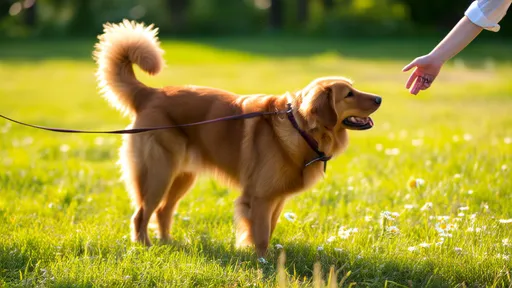
By /Jun 28, 2025
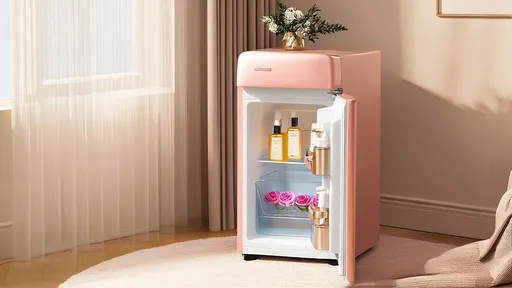
By /Jun 28, 2025
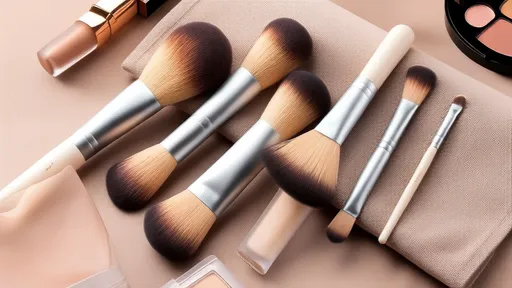
By /Jun 28, 2025

By /Jun 28, 2025
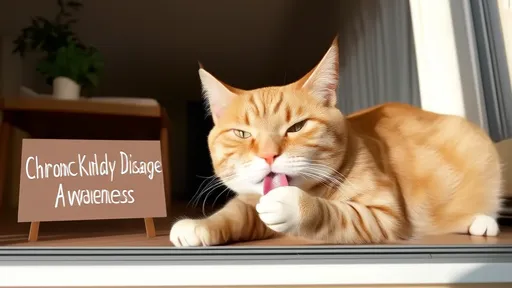
By /Jun 12, 2025
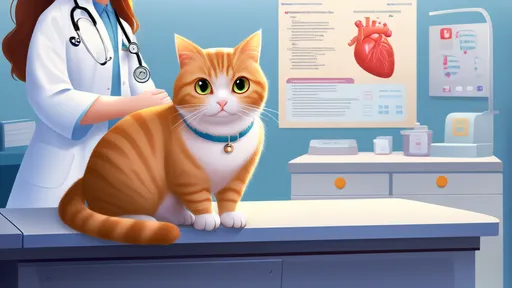
By /Jun 12, 2025
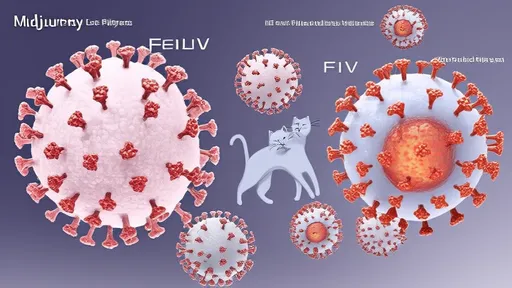
By /Jun 12, 2025
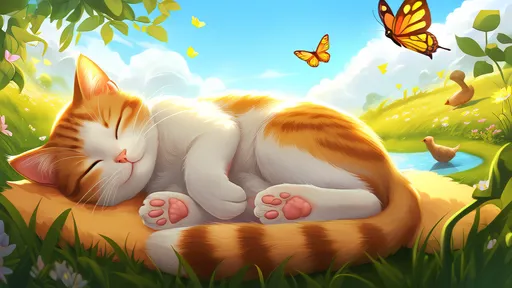
By /Jun 12, 2025

By /Jun 12, 2025
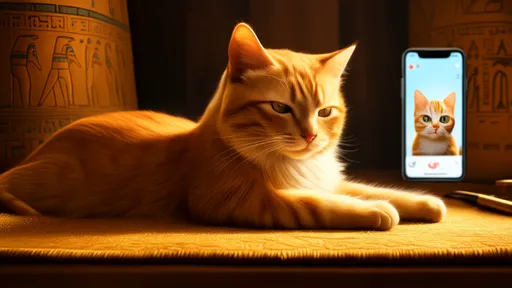
By /Jun 12, 2025
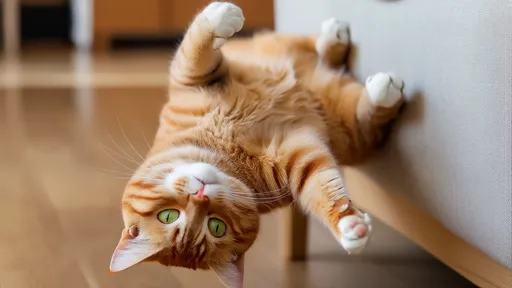
By /Jun 12, 2025
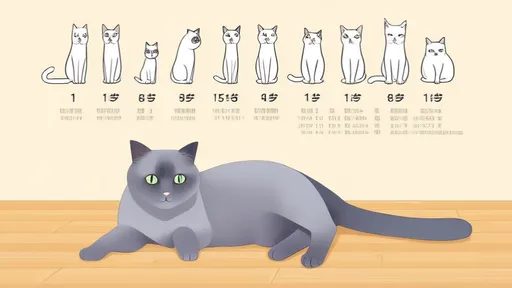
By /Jun 12, 2025
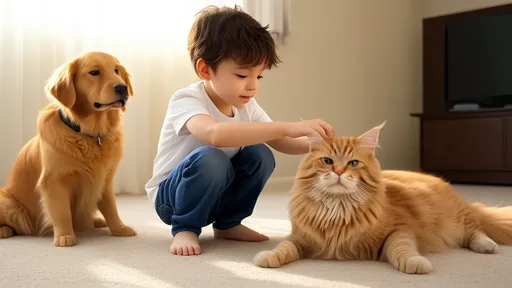
By /Jun 12, 2025
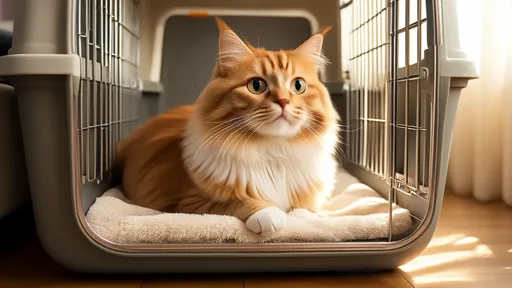
By /Jun 12, 2025
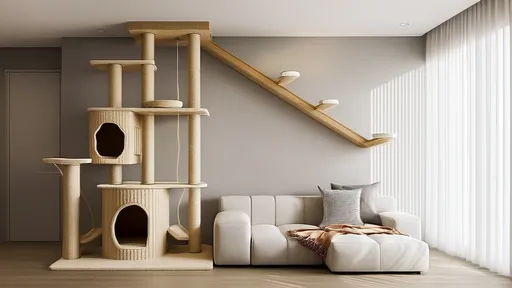
By /Jun 12, 2025
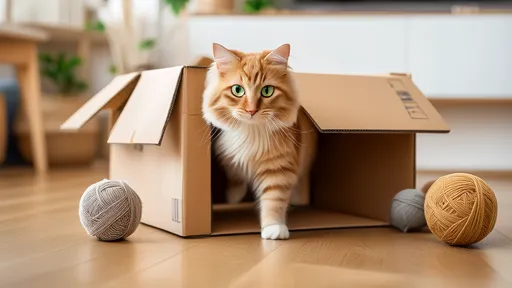
By /Jun 12, 2025
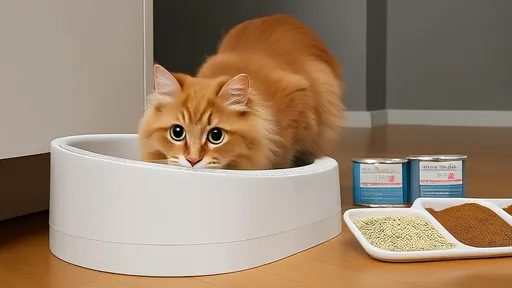
By /Jun 12, 2025